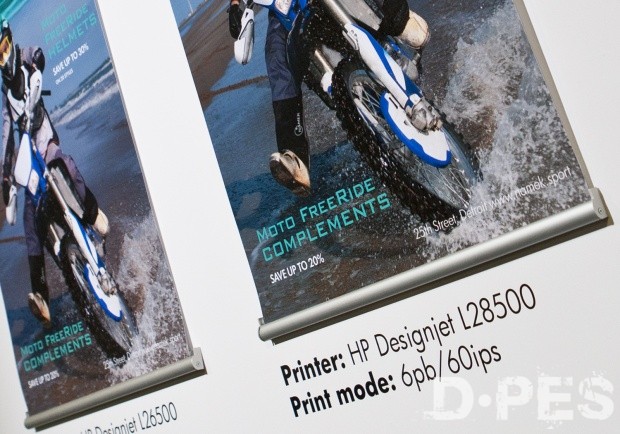Colour has always been a thorny matter, from the days of process printing through to our current digital world. Back in the time of working with separations, our jobs were produced initially as four images which represented cyan, magenta, yellow and black. The details were transferred to a plate and then printed in sequence on a press which resulted in a four-colour result. To produce a proof it was common to make a set of progressives to represent the impression from each plate, building up with each colour so that that press operator could match up the inks. It was at this stage that errors could be corrected to make sure that the final result was as intended. We had no computer guidance, so we used our eyes and our experience to get it right.
Nowadays working with colour has become more critical and this hasn't been helped by the confusion which still reigns with the difference between RGB (an additive colour model) and CMYK (which is subtractive). By their nature, computer screens work on the former of these and what we see on our monitors is based on additive light. Printed output is subtractive, presenting colours that our eyes recognise by reflection. Put like this, it's pretty amazing that we ever get what we need in terms of colour accuracy. This is why a footprint was needed to bring a commonality to the way colour is interpreted, and why we should pay attention to colour space.

Working in the right colour space helps ensure that even difficult shades are reproduced correctly on the output device
Back in the analogue days, we could rely on Pantone (and still do), and its equivalents, to provide an accurately printed description and example of colour which made manual matching possible. Today, with digital generation being par for the course, it is less clearly defined and a different type of reference is needed to ensure continuity from input device to output device.
As in mathematical formulae, colour represents an abstract which needs to be allocated a mapping function so that the tuples, or elements, can be referenced to provide a definitive gamut which is used to create a colour space. In simple terms, this means that combining the colour model with its mapping generates the space in which it sits. This space describes the range of colours, or gamut, and the range in which we can work in a controlled manner.
Working within a specific colour space when producing data for print is essential. The wider the gamut, the more information that be can included in the final print, via profiles which represent the necessary look-up tables which describe the properties within the colour space. And these crucial principles of colour management are vital in today's workflow.